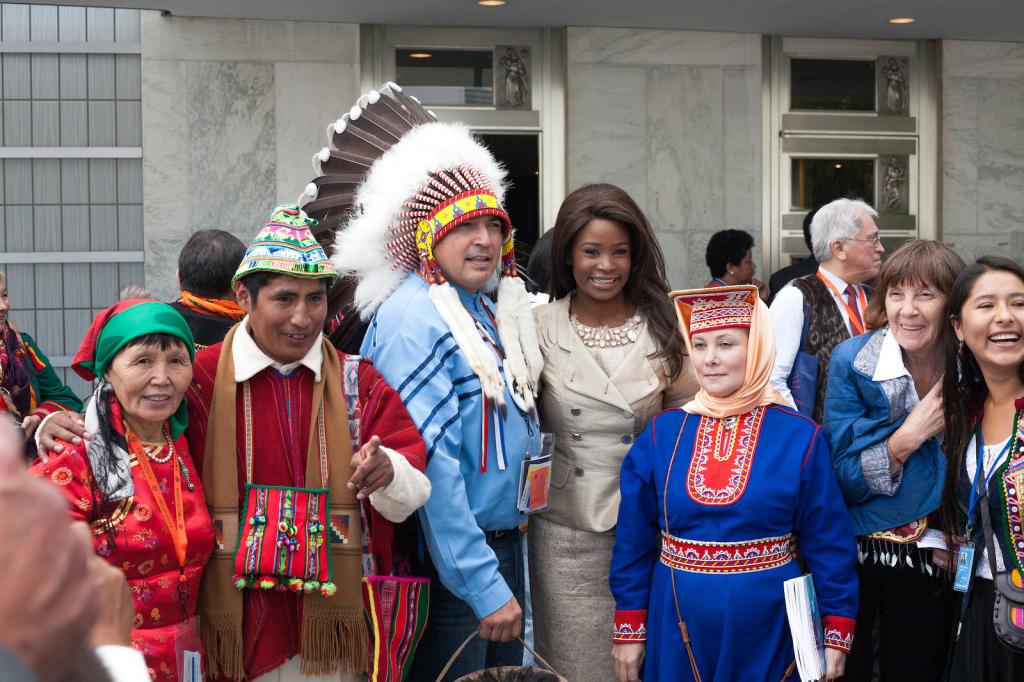
Sanitation workers handle drums of DDT at the Brookfield landfill in 1971. (Photo by Staten Island Advance.)
It’s a clear sunny Saturday afternoon in 1972 in the idyllic suburban neighborhood of Great Kills, on New York City’s Staten Island. You’re just pulling the AMC Ambassador station wagon out of the Brookfield landfill after dropping off a couple of trash bags full of lawn clippings. You’ll stop off next door at the bakery for some cupcakes for the kids and be back in the carport in two and a half minutes, just in time to catch the Mets game over the radio out by the grill. It’ll be a good day as long as the wind keeps blowing the right direction.
Such was life near Brookfield, a landfill that was an eyesore and bane of the community for decades. But after 40 years with this unwelcome neighbor, Great Kills residents learned at a December meeting that they are finally about to have their say over what goes into the 132-acre former dump at the end of the block. An evolving spirit of partnership has begun transforming the site into a major New York City park, perhaps unique in the nation.
John McLaughlin, the ecologist managing the restoration for the New York City Department of Environmental Protection, says that when completed, it will be one of the largest chunks of natural landscape in the city, and the first landfill in the United States to be converted into an “ecologically functional wetland park.”
The Brookfield landfill sat virtually in the heart of the neighborhood of middle-income residences, says John Felicetti, co-chair of the Brookfield Advisory Committee, a group of local residents leading the fight to clean up the landfill. He says starting in the 1960s, Brookfield took in household trash by the truckload from New York City. On weekends, the facility would throw open its gates to nearby residences — a gesture perhaps not as fondly remembered as it sounds.
In the 1980s, however, Brookfield was caught in a citywide hazardous waste dumping scandal. A federal investigation found that up to 50,000 gallons a day of hazardous waste in “a toxic mix of oil, sludge, metal plating, lacquers, and solvents” were dumped at the landfill during its last six years of operation.
Brookfield and four other landfills were shut down, and at least one hauling operator and a Department of Sanitation official did jail time. But while the other dumps were cleaned up and restored for residents to enjoy, to the dismay of neighbors, Brookfield lay essentially abandoned. Felicetti says the Brookfield site saw little more than “Band-Aid fixes,” and that the smell kept residents’ tempers flaring.
In 2007, residents filed suit against the city with assistance from the advocacy group Earthjustice, an organization that often represents disenfranchised, or disadvantaged communities. The results were astoundingly quick.
Deborah Goldberg, managing attorney with Earthjustice, says they had an agreement within two months after their filing, thanks in part to the heroic efforts of the presiding magistrate on the case. She “picked up the phone” and leveraged negotiations between agencies to arrive at commitments that ultimately resulted in $266 million in government funding for the restoration and an “enforceable timetable” to get the job done, Goldberg says.
But perhaps most remarkable is what the landfill site will become. The “customary practice” had always been to plant grass on top of converted landfills, resulting in rather “large lawns,” says McLaughlin, the ecologist. But lawns demand costly maintenance, and with their requirements for irrigation and fertilizer, they cost the environment more than they contribute.
McLaughlin, who spent some time working with teams of researchers from Rutgers University, had been looking for ways to restore the super massive landfill at Fresh Kills, also on Staten Island, which reached the end of its long career in 2001. In light of the demand for useful open space, he believed plopping a giant lawn atop Fresh Kills’ 2,200 acres, or even Brookfield’s 130 acres of potentially prime coastal habitat, would be extremely wasteful.
Some former landfills have been put to use as methane factories or solar panel farms. But landfill engineers have been leery of natural habitat — especially trees, whose roots they believed might puncture a landfill’s underground protective barrier.
But research at Fresh Kills has shown that these fears were “based on a myth,” McLaughlin says. With sufficient topsoil in place, trees and even wetland habitat can thrive on a retired landfill without risk of unleashing subterranean nasties. (Tree roots, Mclaughlin says, delve down only a few feet below the surface: “Like anything else they need air.”)
Armed with that knowledge, McLaughlin says he’s eager to begin planting the 25,000 native trees and shrubs he’s planned for the site, painstakingly selected to replicate native coastal ecosystems. Construction is slated for completion 2013. After allowing for a period of monitoring, the park will open some time in 2017, as the plants begin to mature.
Felicetti says he’s looking forward to the next big change, “when they remove all the old chain link fences and replace them with the regular park fences, and the contamination signs come down.”
But residents with a view “can see the green already,” Felicetti says, and the mood at the group’s monthly meetings has changed from “skepticism to real enthusiasm” for the park at the end of the block.
And soon, weekends in Great Kills will have an exciting new flavor.



